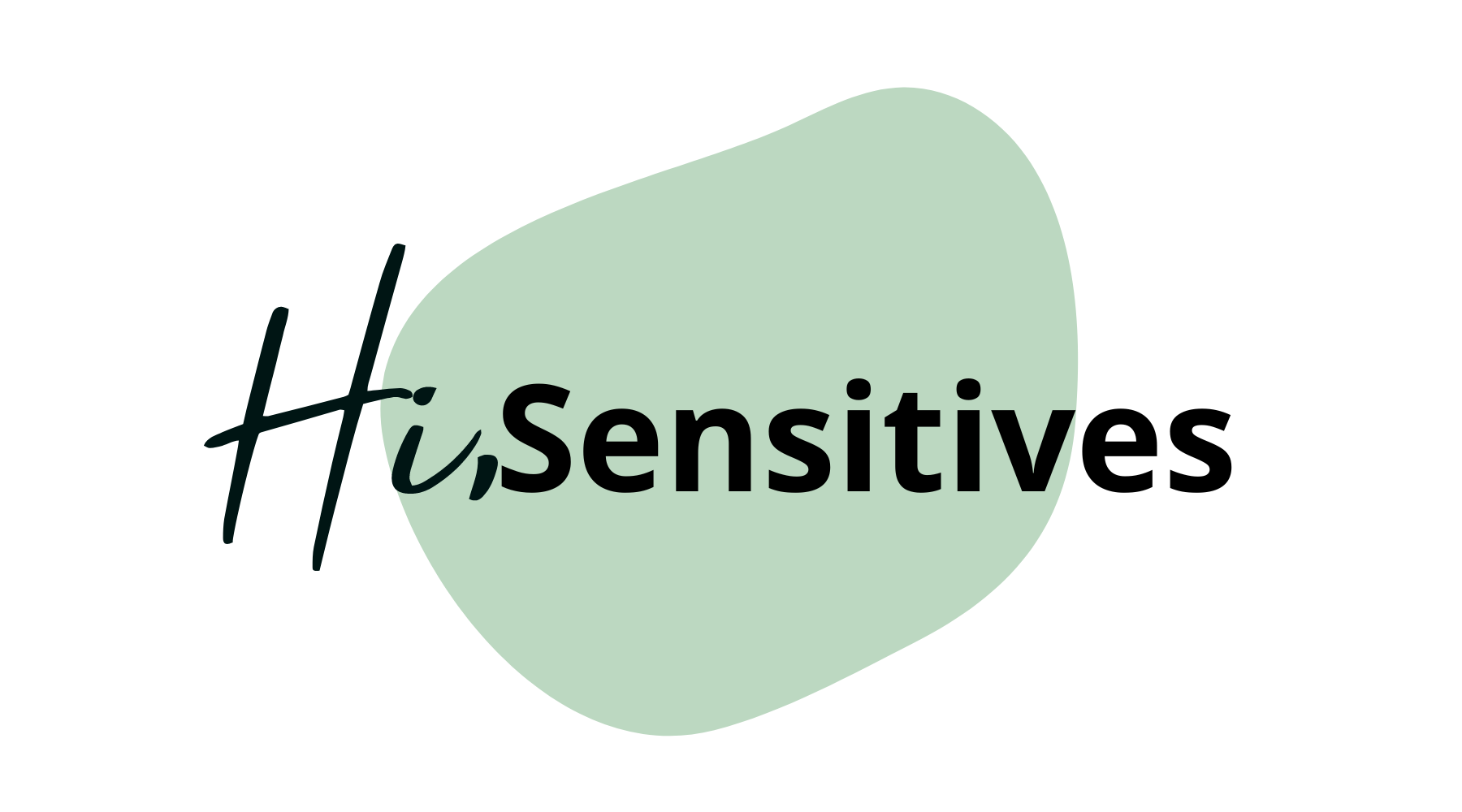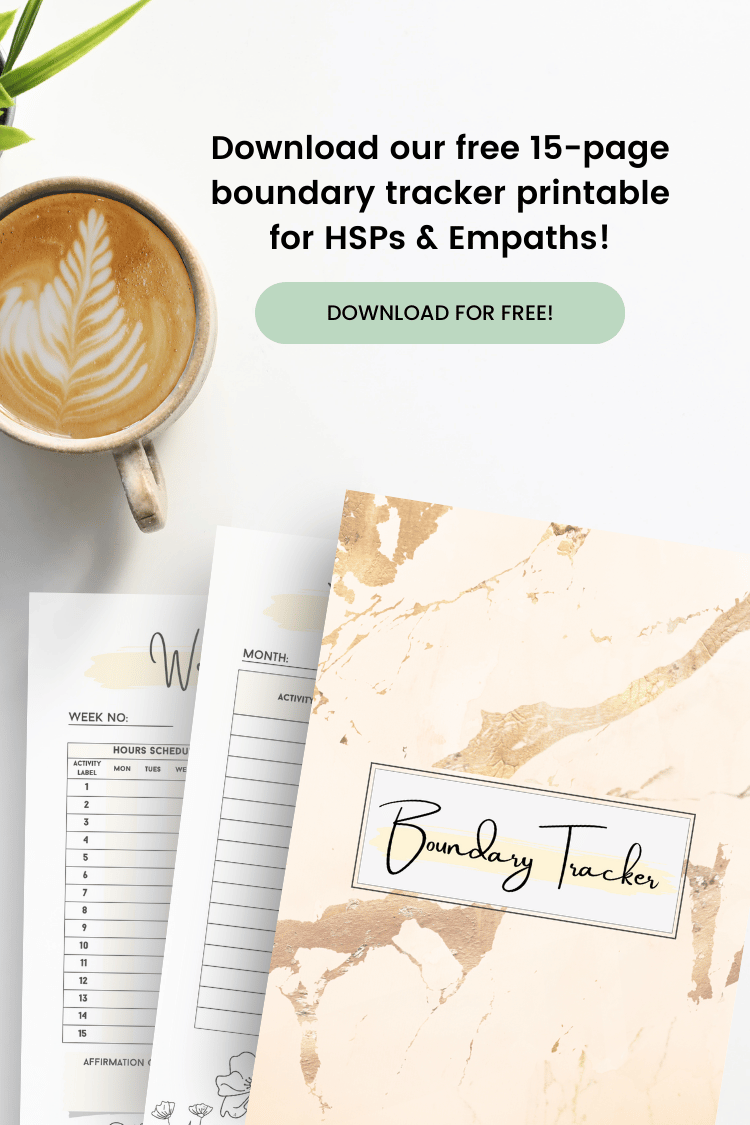In this blog, we’ll explore how heightened sensitivity can fuel creativity, touching on famous artists and thinkers who were highly sensitive and how it influenced their work.
Estimated reading time: 6 minutes
In the mosaic of human experience, sensitivity and creativity emerge as intertwined threads. Each influences and enhances the other in profound ways. This connection, deeply rooted in the lives and works of numerous artists and thinkers throughout history, illustrates how heightened sensitivity can act as a wellspring for creativity. By delving into the lives of these individuals, we can uncover insights into how sensitivity fuels the creative spirit. In this exploration, our focus will be on the symbiotic relationship between sensitivity and creativity, emphasizing the unique intersection of emotional depth and artistic expression.
Here’s What You’ll Discover:
The Power of Sensitivity in Creativity
Sensitivity, often misunderstood as a mere susceptibility to sensory stimuli, encompasses a far richer palette of experiences. It involves a heightened awareness of one’s surroundings, a deep empathy towards others, and an acute perception of emotions and nuances that might elude others. This intensified perceptual experience of the world is not just a hallmark of the highly sensitive person. It is also the crucible from which creativity arises.
Historically, many of the world’s renowned artists, musicians, and writers have been identified, posthumously or otherwise, as individuals with heightened sensitivity. Vincent Van Gogh, Frida Kahlo, and Virginia Woolf, among others, navigated lives marked by intense emotional landscapes. In turn, these deeply influenced their creative output. Their ability to see the world through a lens of profound emotional depth allowed them to express themselves in ways that continue to resonate with people across time and culture.
In this following paragraphs, we’ll discover more about these famous sensitive artists:
Vincent van Gogh
Vincent Van Gogh, the Dutch Post-Impressionist painter, is a quintessential example of how sensitivity can fuel artistic genius and creativity. Van Gogh’s sensitivity to his surroundings and his intense emotional experiences are vividly reflected in his works. His masterpiece, “Starry Night,” showcases swirling skies that seem to reflect the tumultuous currents of his own mind. This painting, among others, illustrates Van Gogh’s ability to capture the essence of his emotional and psychological states. He translated them into bold colors and dramatic, impassioned brushstrokes. Van Gogh’s prolific output and the emotional intensity of his work were undoubtedly linked to his sensitive nature. Consequently, this allowed him to perceive and express the world in a profoundly unique way.

Frida Kahlo
Frida Kahlo, the Mexican painter known for her captivating self-portraits, is another emblematic figure of sensitivity in the arts. Kahlo’s work was deeply personal, often depicting her physical pain and emotional suffering with stark honesty. Her sensitivity to her own life experiences, including her complex relationship with fellow artist Diego Rivera and her struggle with chronic pain, imbued her paintings with a raw, emotional intensity. Paintings like “The Two Fridas” and “The Broken Column” not only showcase her unique visual style but also her ability to explore themes of identity, post-colonialism, and the female experience with profound sensitivity and insight.
Virginia Woolf
Virginia Woolf, the English writer and one of the foremost modernists of the twentieth century, also exemplified the profound link between sensitivity and creativity. Woolf’s novels and essays are celebrated for their innovative narrative styles and deep explorations of character psychology. Works like “Mrs. Dalloway” and “To the Lighthouse” demonstrate Woolf’s sensitivity to the subtleties of human consciousness. Morover, they showed her ability to weave complex emotional landscapes. Her stream-of-consciousness technique captures the fleeting thoughts and feelings of her characters. This offers readers a glimpse into the intricate inner worlds shaped by her keen sensitivity.
These artists, through their sensitive perspectives, have provided the world with works that offer deep emotional resonance and insight into the human condition. Their sensitivity, though it may have been a source of personal struggle, also empowered them to create art that transcends time. It invites us to see the world through their unique, perceptive eyes.
Sensitivity as a Creativity Catalyst
The relationship between sensitivity and creativity isn’t merely coincidental. Sensitivity enables individuals to perceive and process the world in layers of complexity that others might overlook. This rich, often overwhelming, sensory input can become the raw material for creative work. The process of artistic creation, then, serves as both a means of understanding and articulating the intense experiences of sensitivity.
Take, for example, the works of Emily Dickinson. Her poetry encapsulates vast emotional landscapes within the confines of brief, but potent, verses. Moreover, her sensitivity to the world around her, coupled with her reclusive lifestyle, fueled a creativity that produced nearly 1,800 poems, many of which explore themes of death, immortality, and nature.
Navigating the Challenges
While sensitivity can undoubtedly enhance creativity, it also presents unique challenges. The same depth of feeling that allows for rich creative expression can also lead to overwhelming emotions and sensory overload. For instance, many sensitive creatives have struggled with mental health issues. They find themselves more susceptible to the highs and lows that accompany a deeply felt experience of the world.
It’s crucial, then, for sensitive individuals to develop strategies for managing their emotional landscapes. This might include setting boundaries, seeking supportive communities, and engaging in practices that foster mental and emotional well-being. By doing so, they can harness their sensitivity as a source of creative strength rather than a vulnerability.
Final Remarks on Sensitivity and Creativity
The link between sensitivity and creativity, is a testament to the power of embracing one’s innate traits and experiences as sources of inspiration. By understanding and nurturing this connection, sensitive individuals can unlock their unique potential for profound artistic expression. As we continue to explore and celebrate the works of highly sensitive artists and thinkers, we not only honor their contributions but also illuminate a path for future generations of creatives who see the world through a deeply felt, nuanced perspective.
In recognizing and valuing sensitivity as a creative asset, society can foster environments where the sensitive and the creative alike can flourish. Moreover, this contributes their unique visions to the tapestry of human culture.
Inspired? (Re)discover your creative energy inside our Ideal Self Plus Membership. Here, Rim from Rim Creative Energy shares her insights and techniques to unlock your artistic potential. Join us to explore how your sensitivity can be the key to a richer, more expressive creative life. Claim your free trial now and start your journey towards embracing and enhancing your unique sensitivity through creativity.
Disclaimer: In this article, we collaborated with AI while writing articles, meaning that we used it as a personal assistant to provide valuable information to our readers. The personal touch through stories and personal examples and the editing of the article have been performed by the author.









